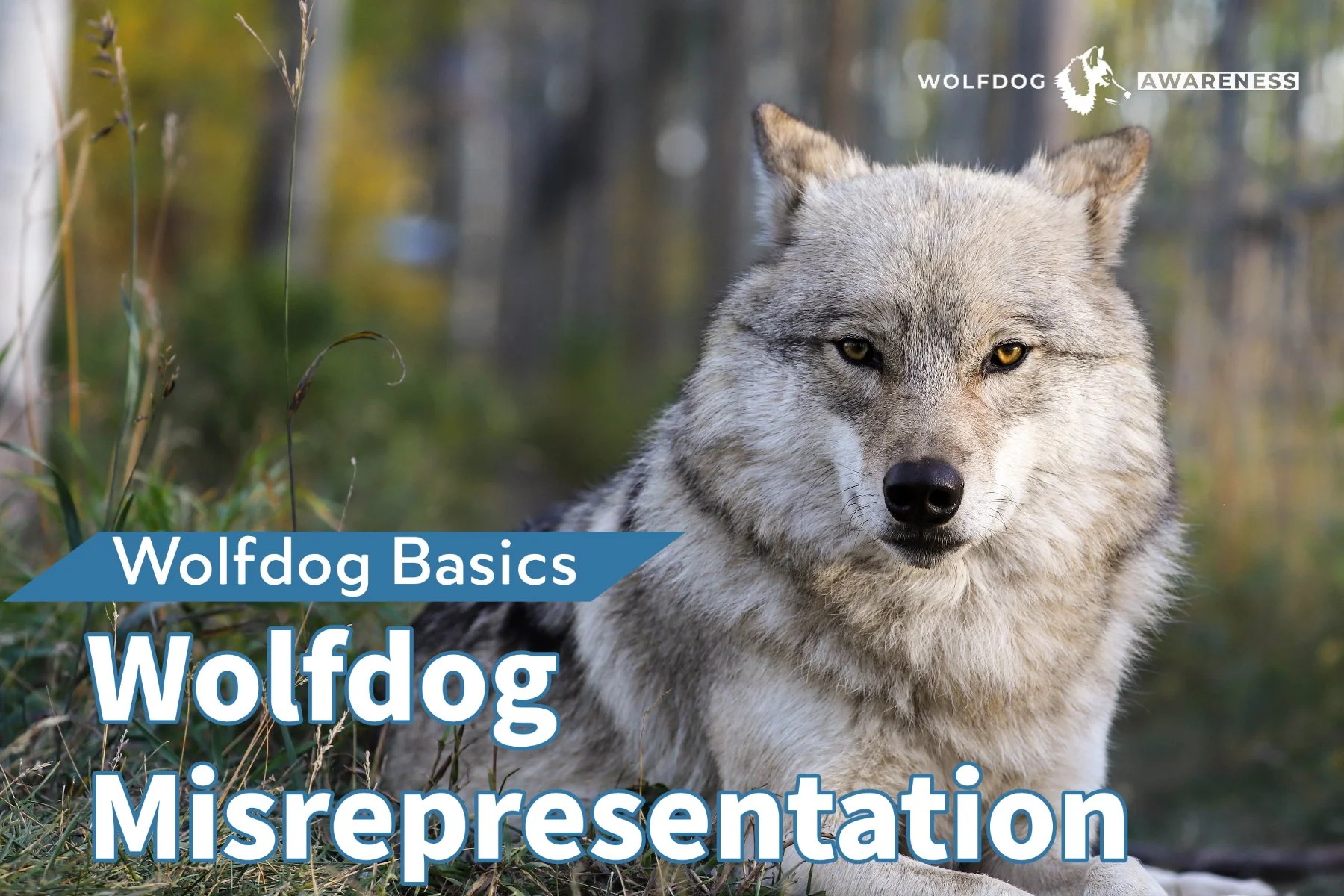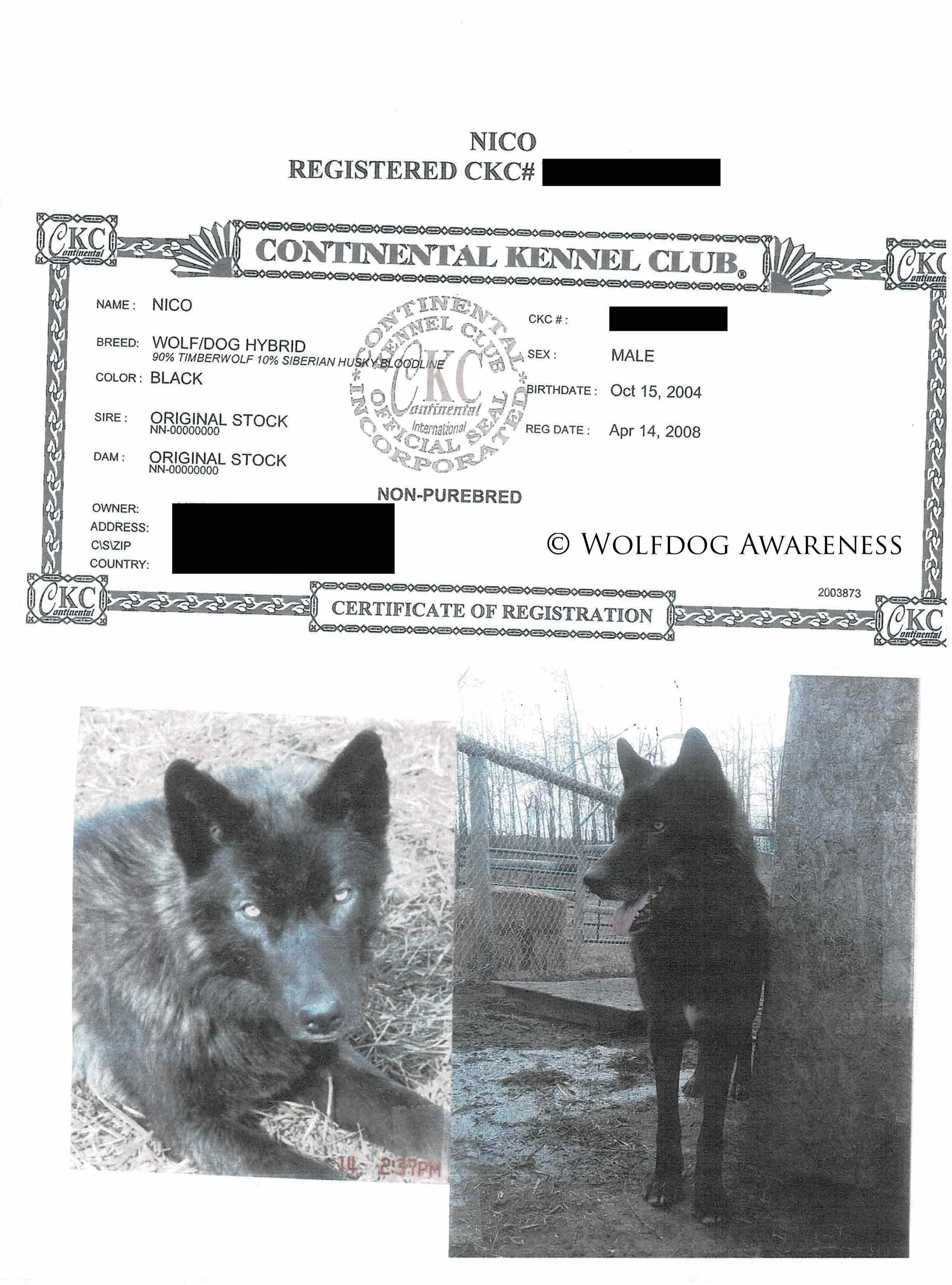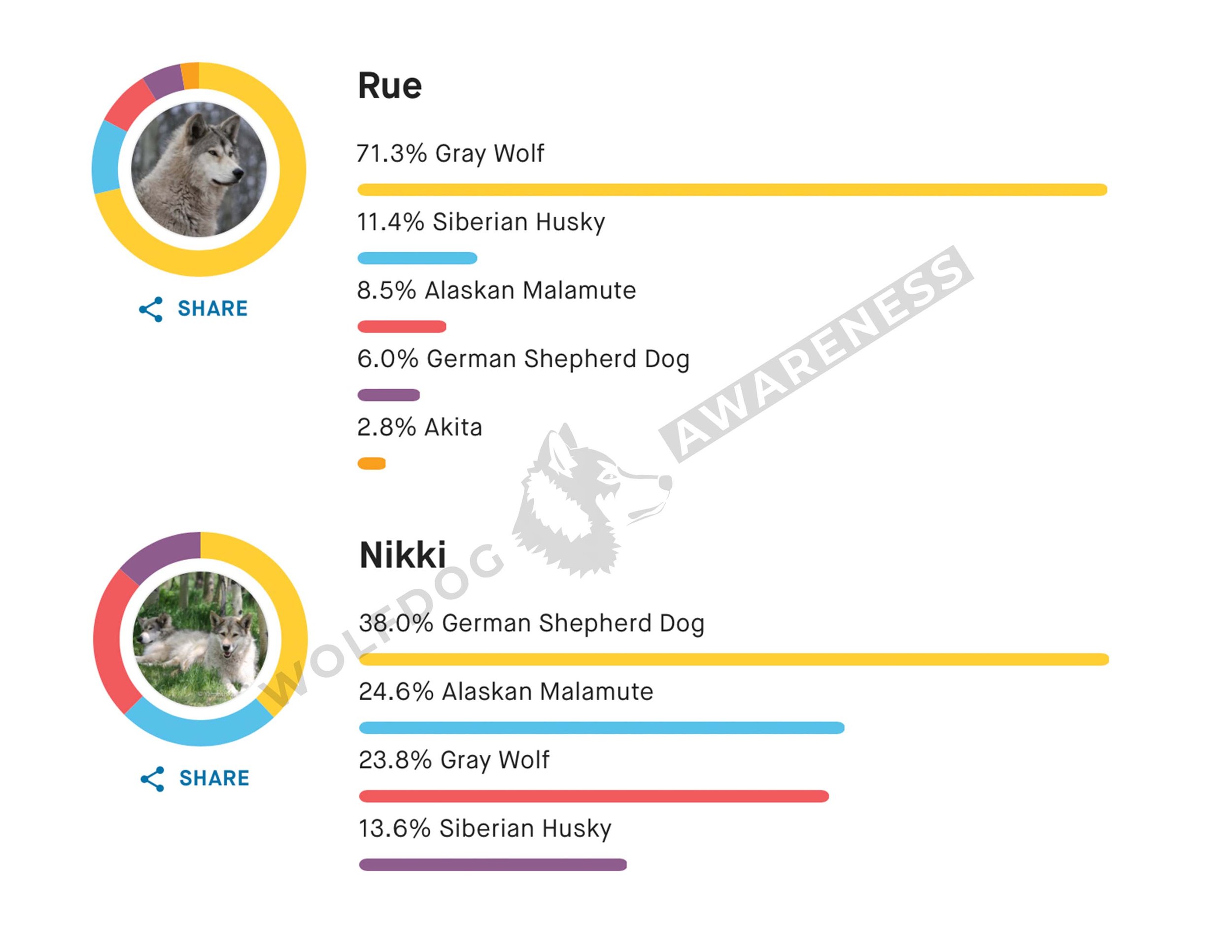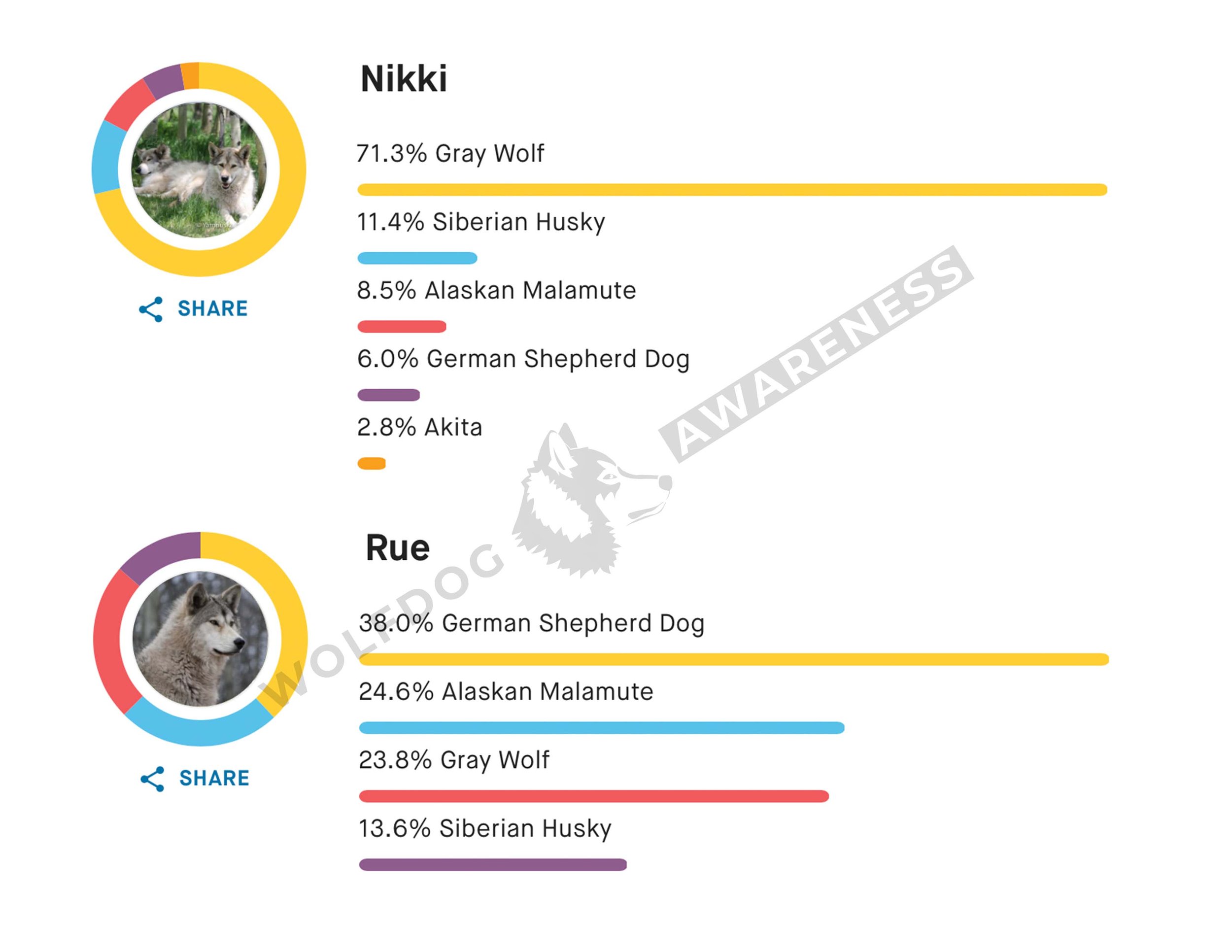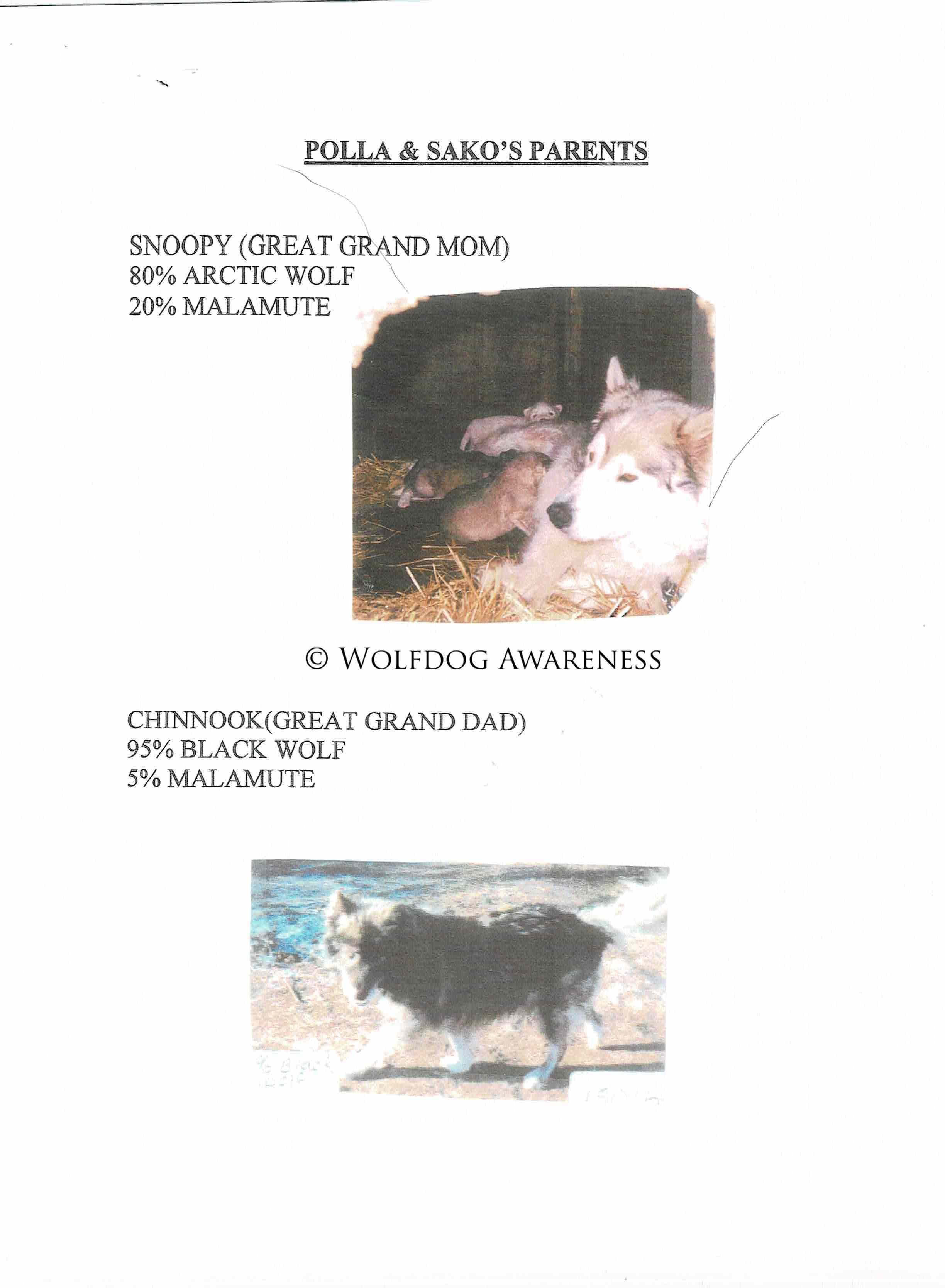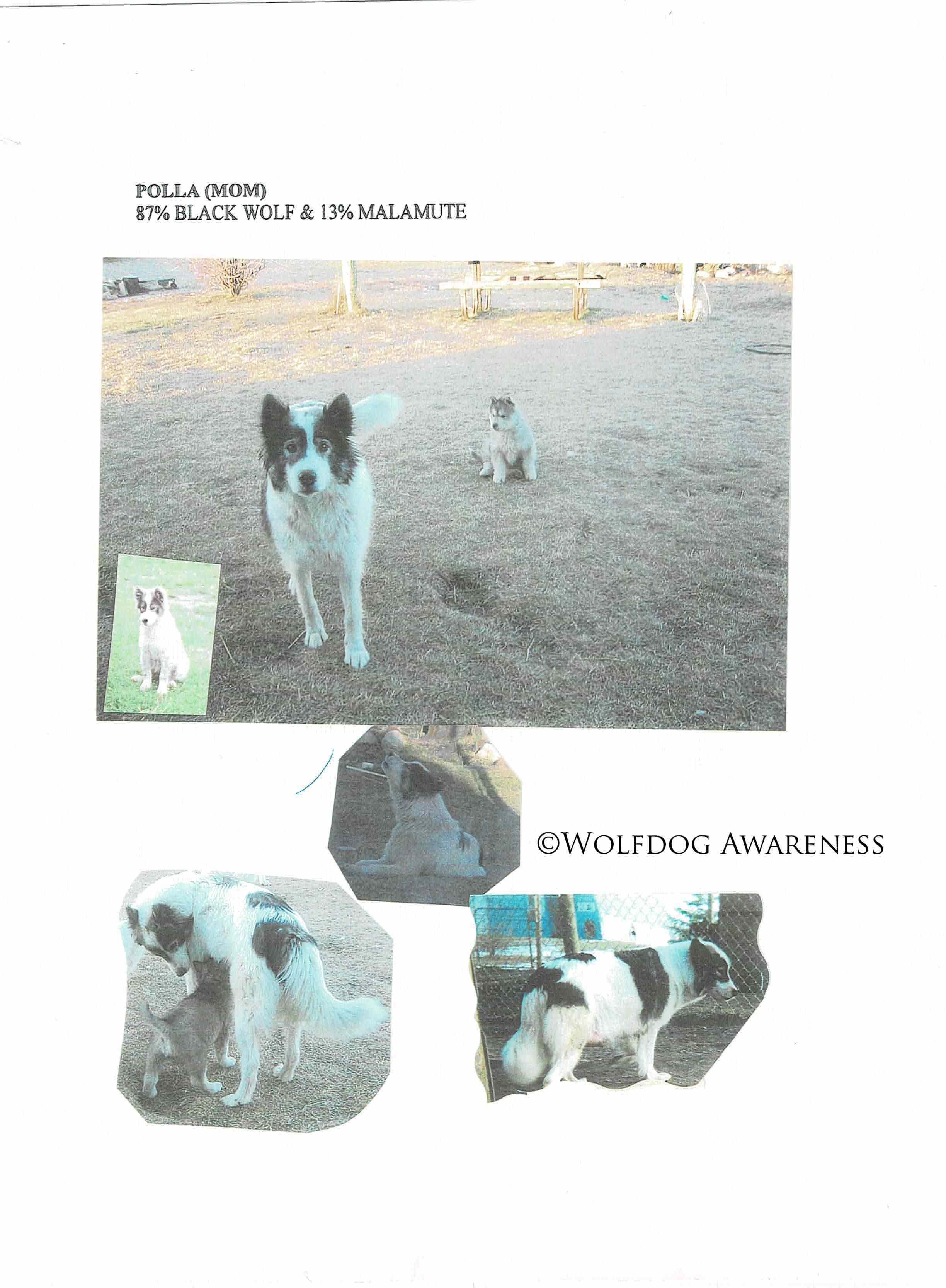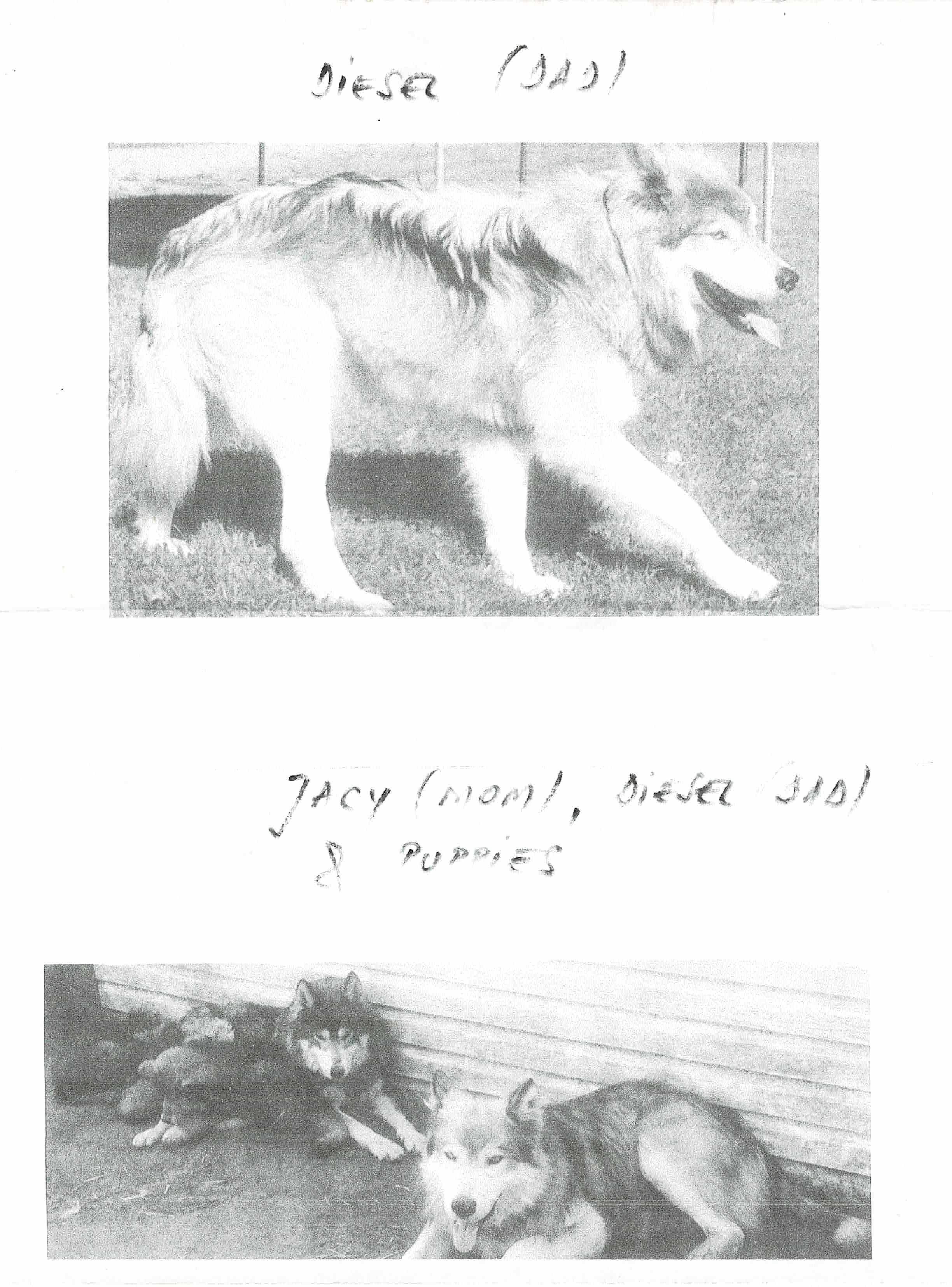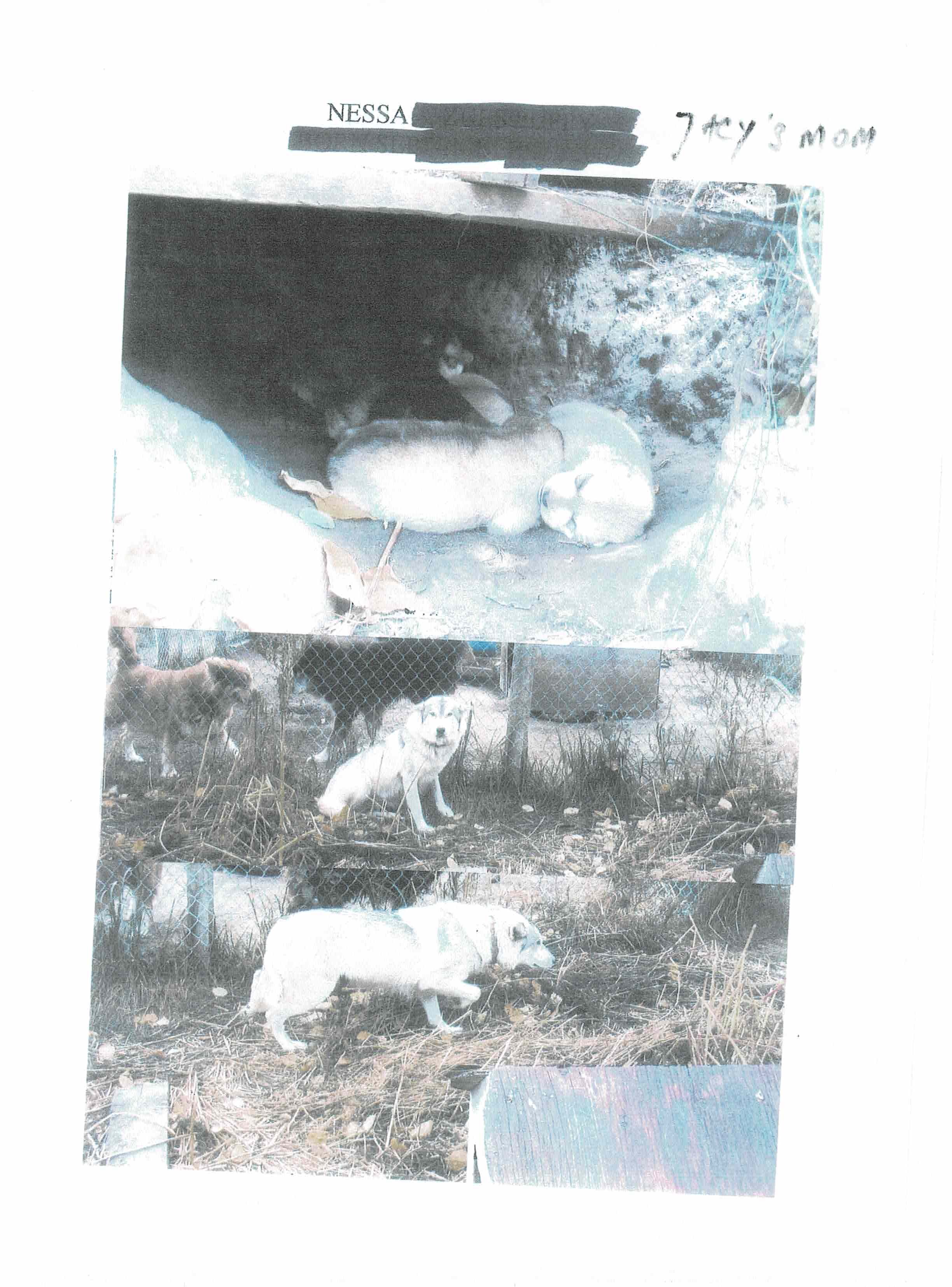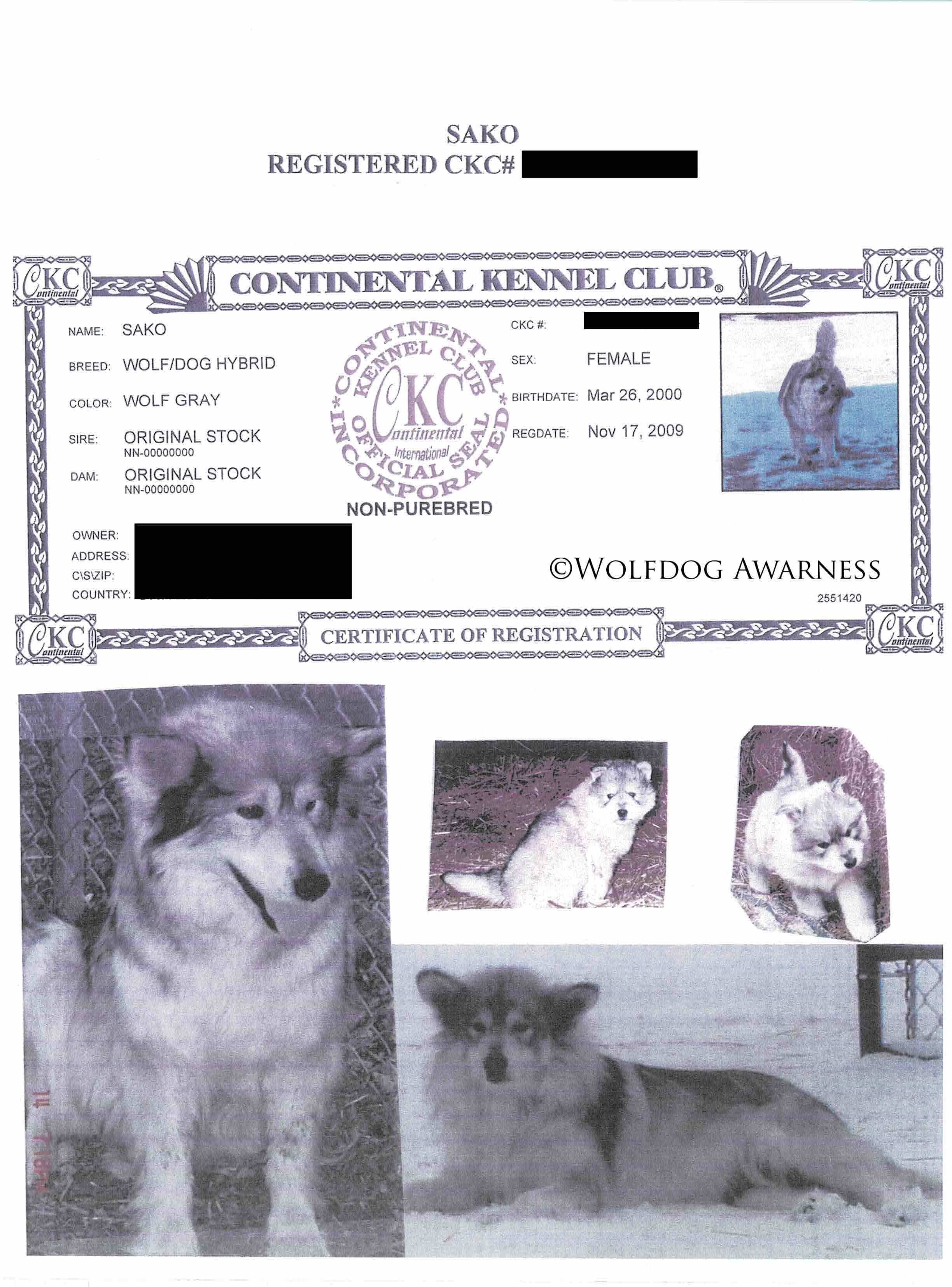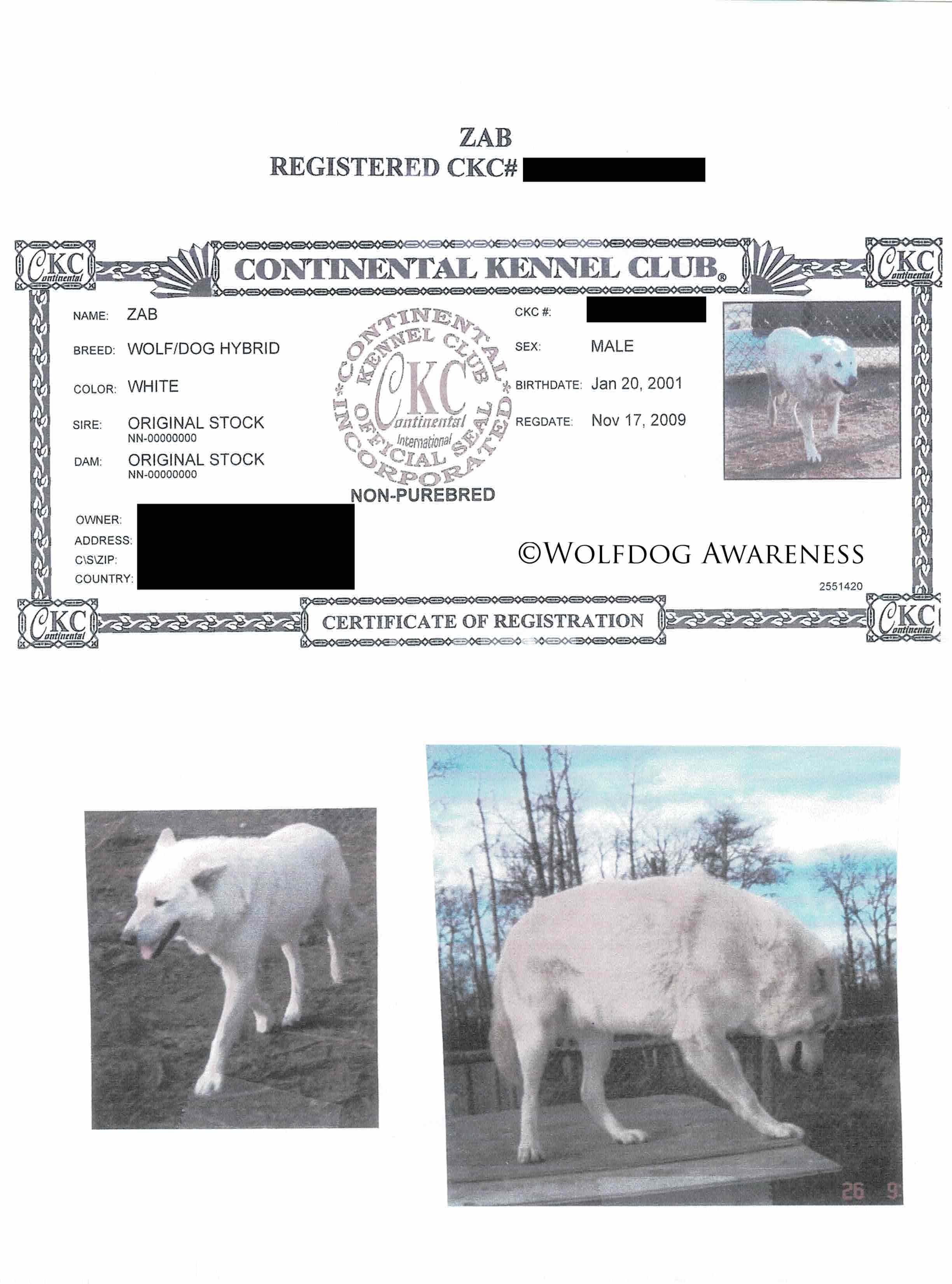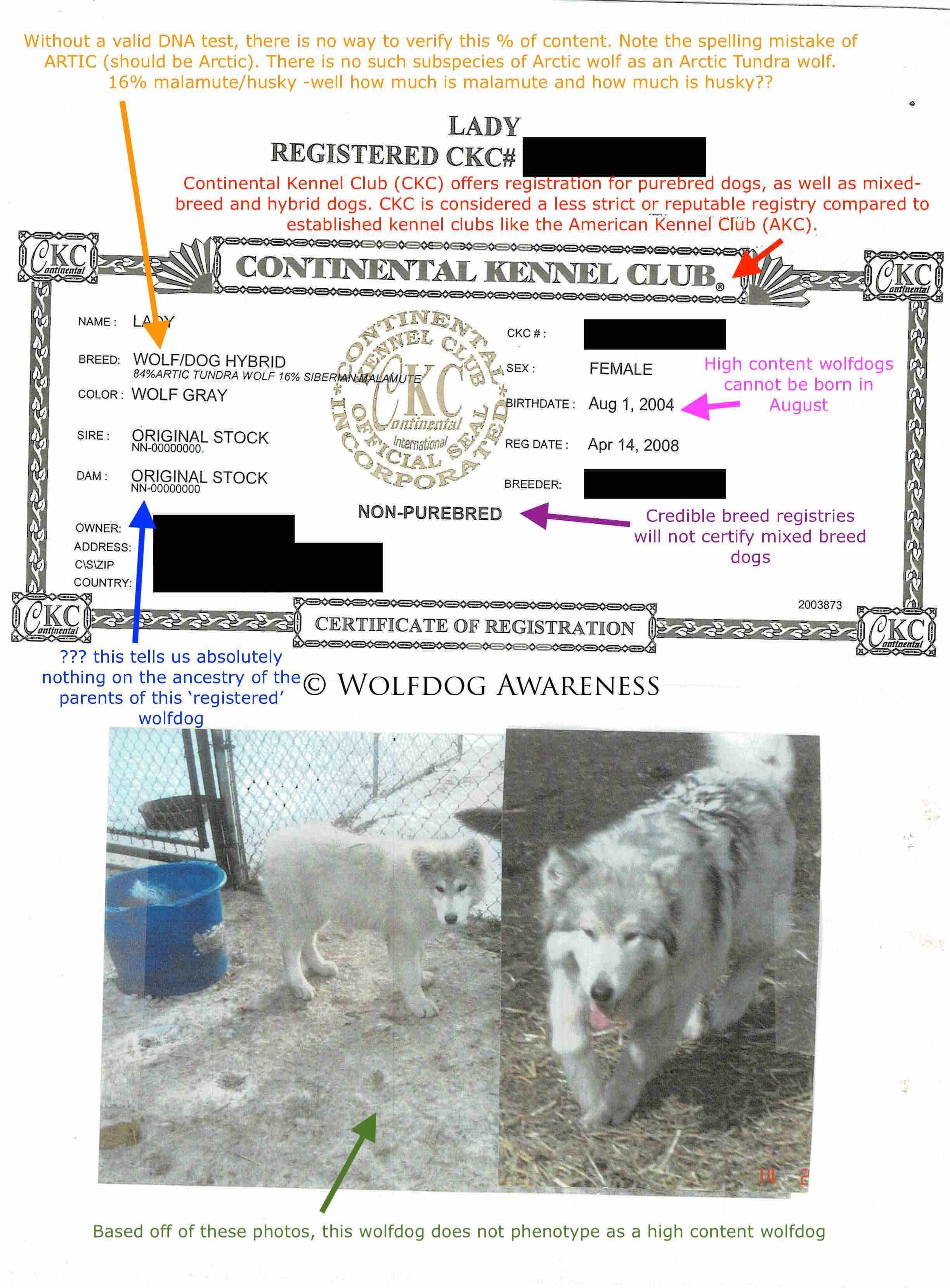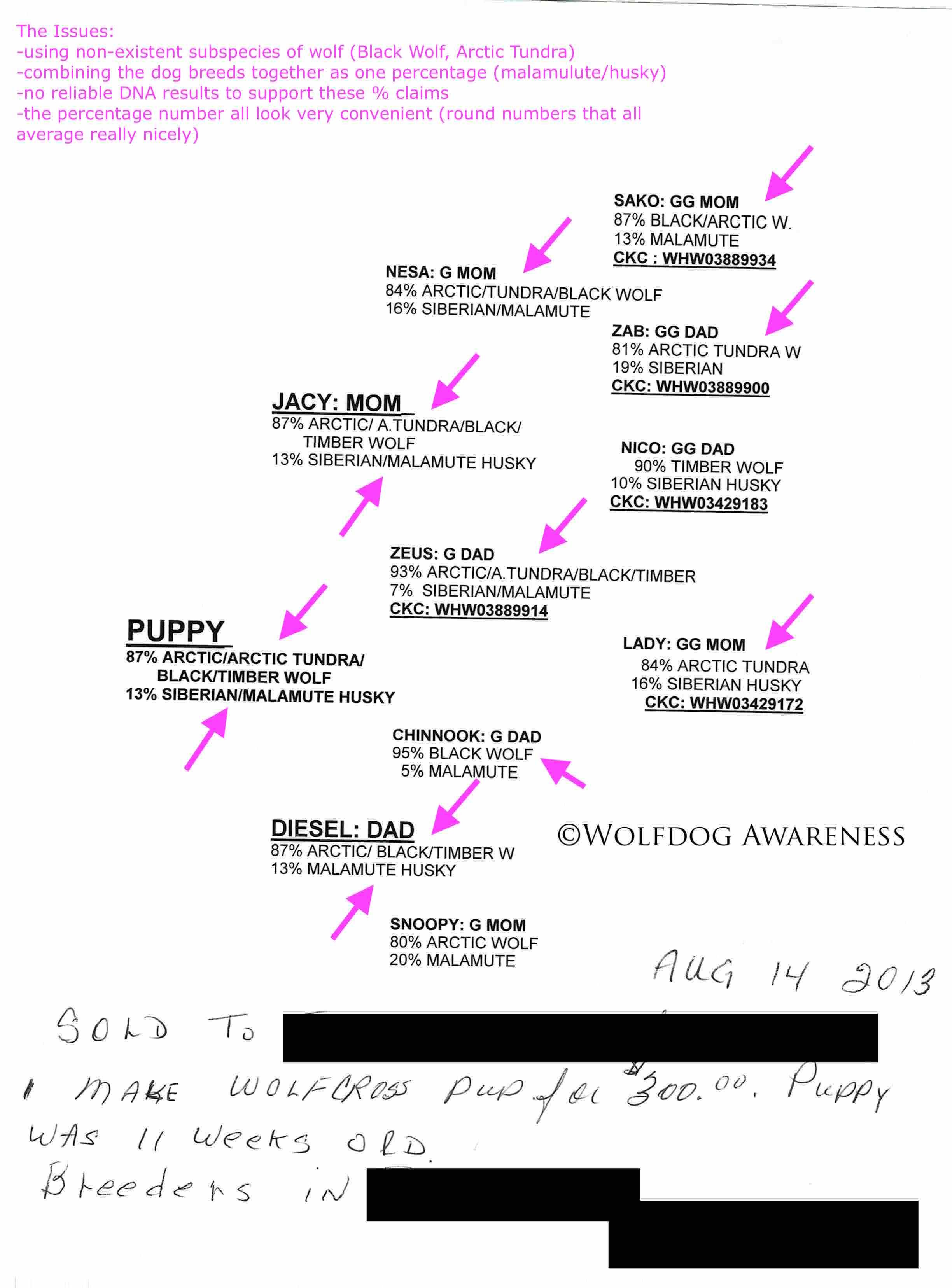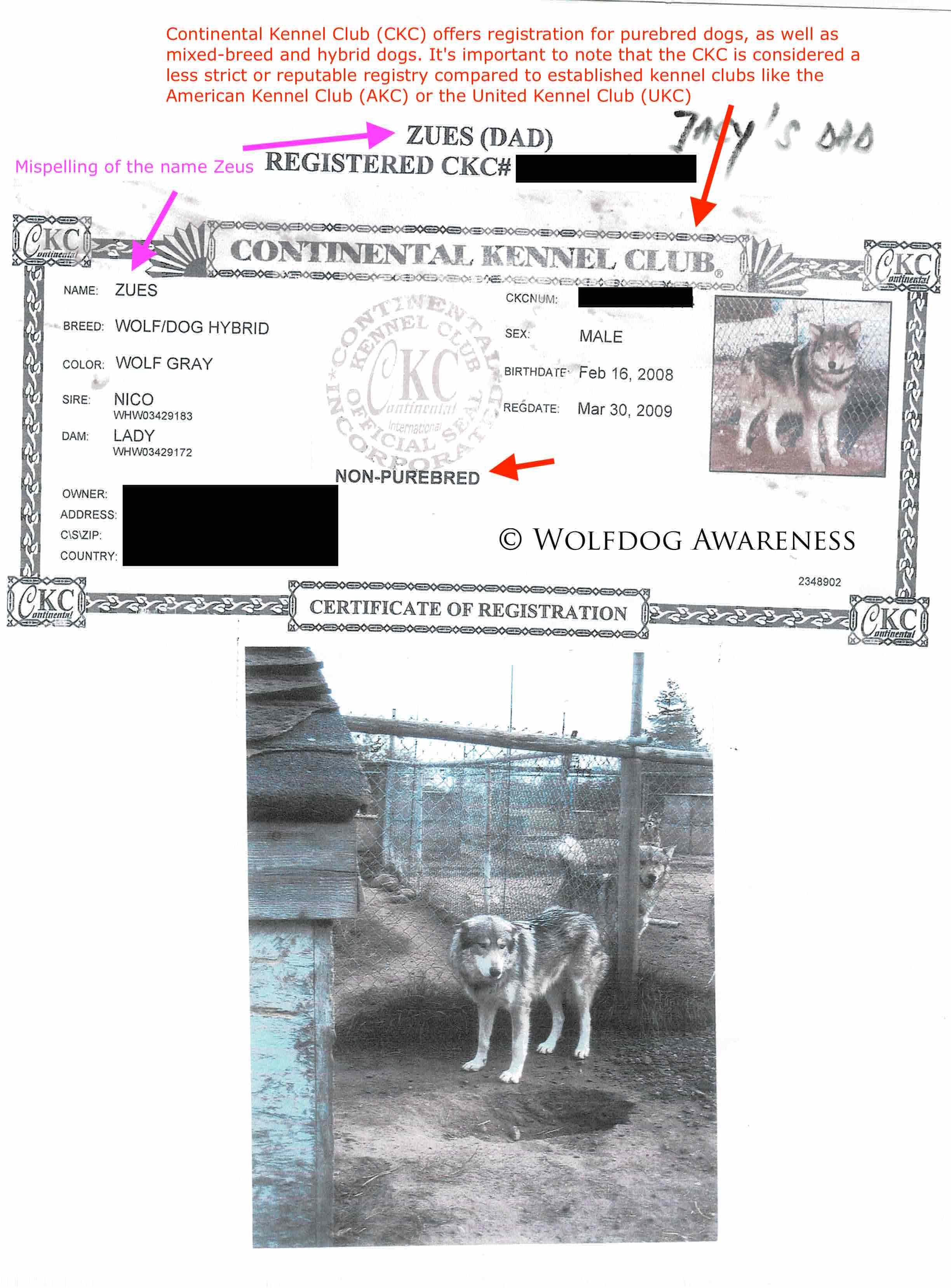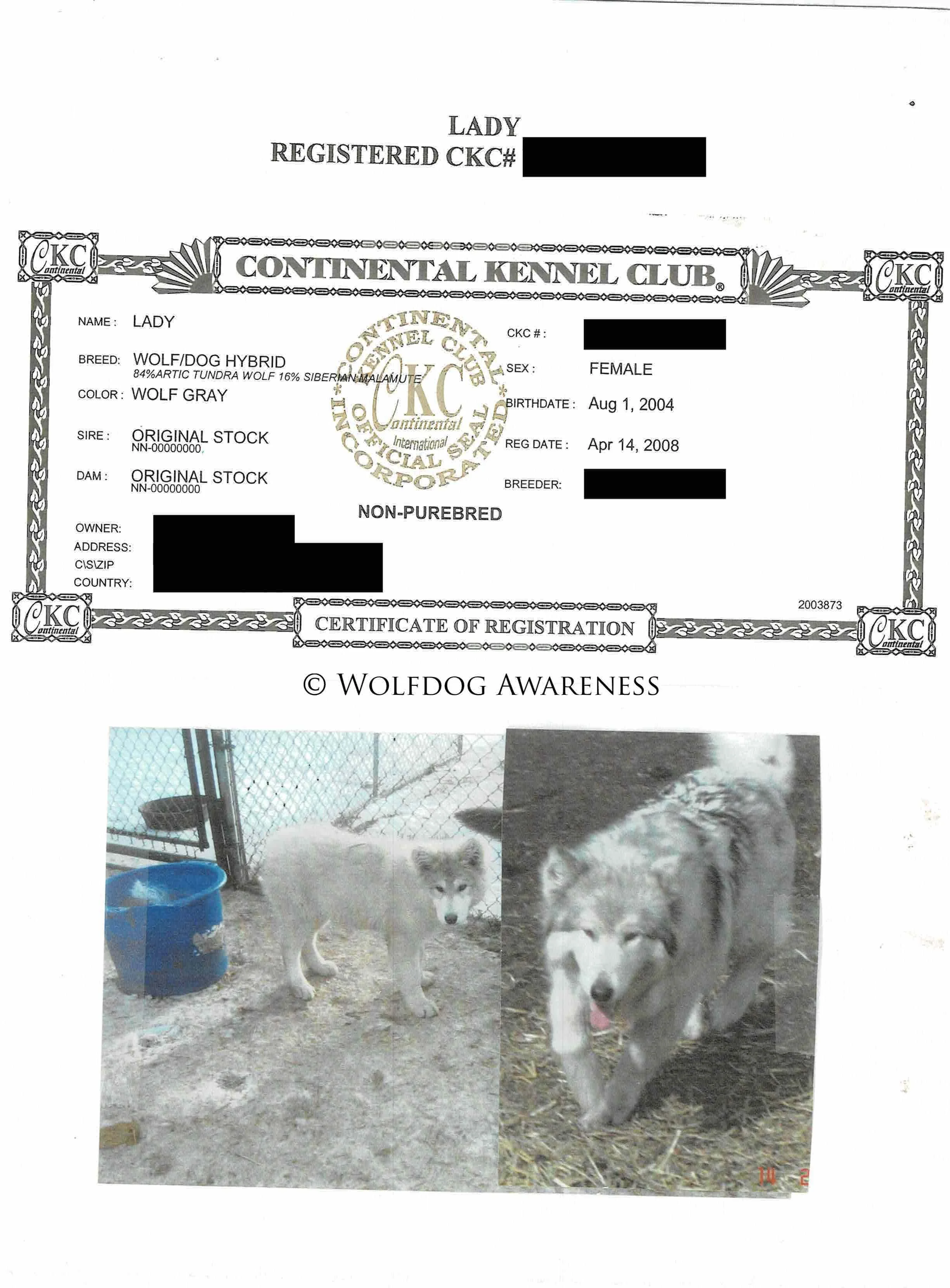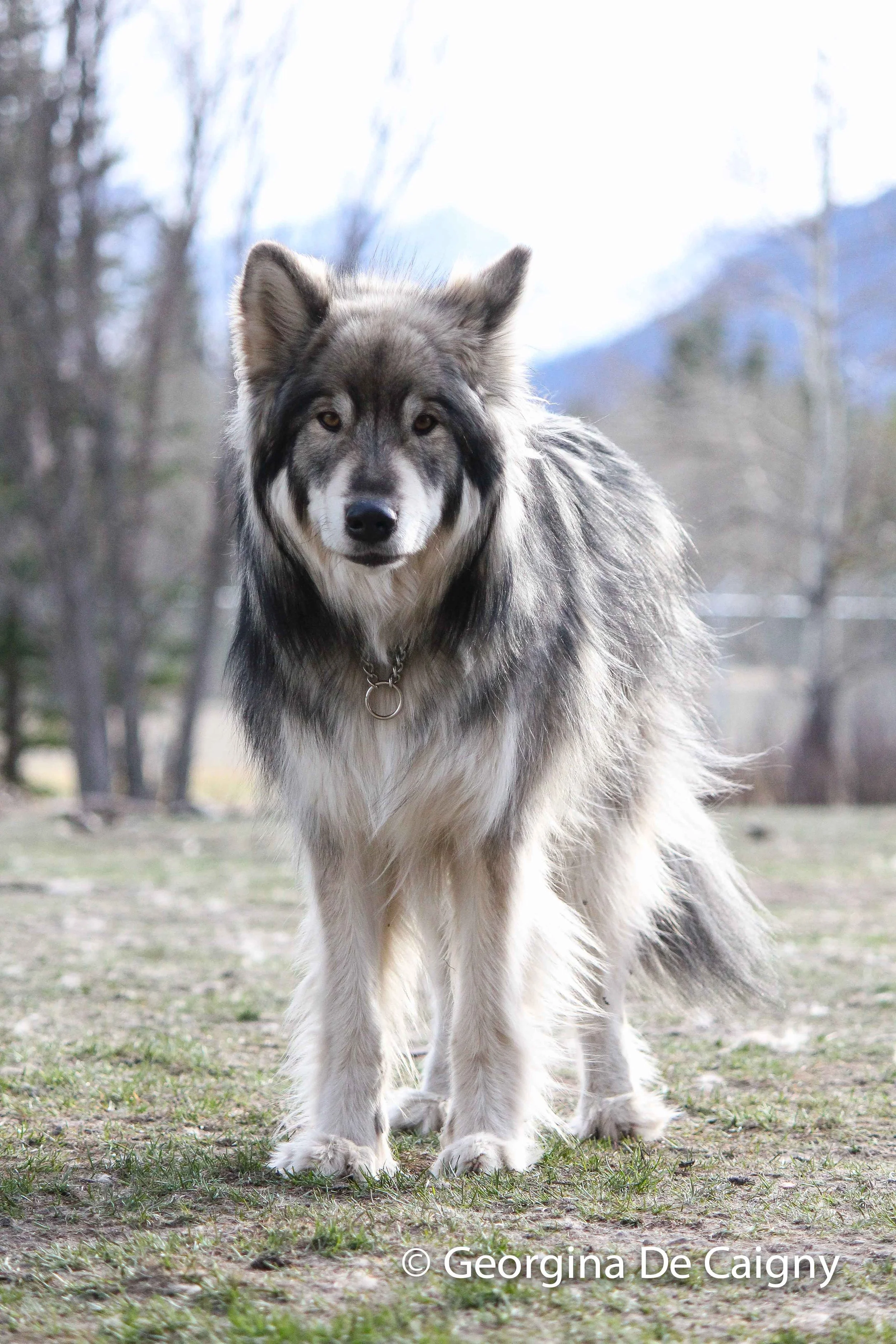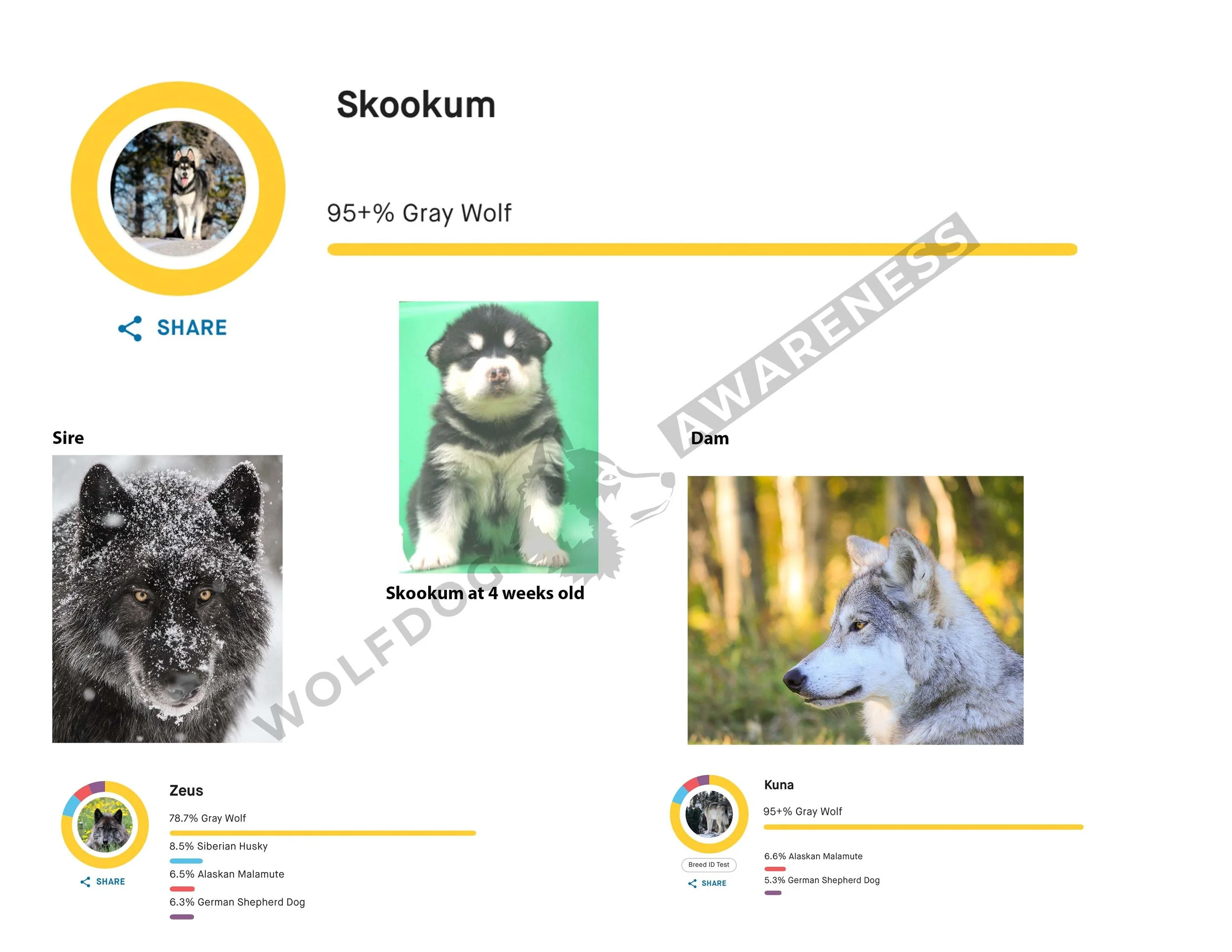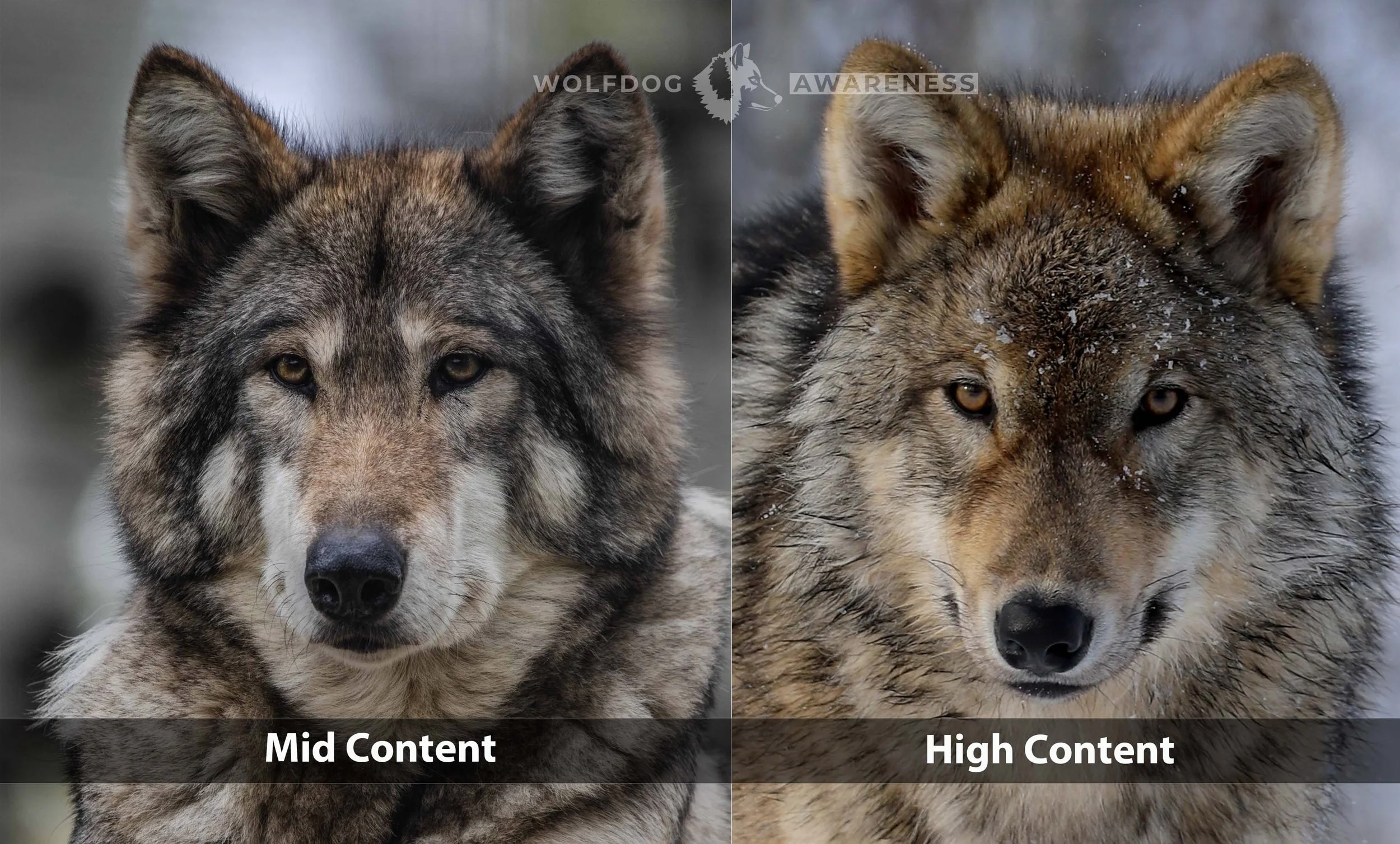Wolfdog Misrepresentation
Wolfdog misrepresentation is a significant topic when it comes to wolfdog education, and it has major implications for wolfdog ownership.
In this article, we will discuss some critical aspects of wolfdog misrepresentation that one should know before obtaining a wolfdog.
What is wolfdog misrepresentation, and why does it matter?
Wolfdog misrepresentation refers to the act of providing false or misleading information about wolfdogs, including their characteristics, ancestry, or legal status. It involves misrepresenting the true nature of wolfdogs to potential buyers, owners, or the general public.
Misrepresentation can occur through various means, such as inaccurate advertisements, false claims, manipulated documentation, or deceptive marketing tactics.
The purpose of misrepresentation may be to enhance the appeal of wolfdogs, increase their market value, or bypass legal restrictions. However, it can lead to serious consequences, including ill-prepared owners, legal issues, and potential harm to the animals themselves.
Wolfdog misrepresentation perpetuates misunderstandings about these animals and contributes to irresponsible breeding practices and ownership.
An example of registration papers of a misrepresented wolfdog. Continental Kennel Club (CKC) offers registration for purebred dogs, as well as mixed-breed and hybrid dogs. It's important to note that the CKC is considered a less strict or reputable registry compared to established kennel clubs like the American Kennel Club (AKC) or the United Kennel Club (UKC).
This wolfdog is registered as a 90% wolf with no scientific evidence of this needing to be provided during registration. Based on a quick phenotype, there is no way this wolfdog is 90% wolf!
Look at the photos below. Can you tell the difference between the true embark results image and the photoshopped one? This took me all of 3 minutes in photoshop to create. This is how easy it is for breeders to create false information to misrepresent wolf content in their wolfdogs.
How does it happen?
Wolfdog misrepresentation often occurs unknowingly and unintentionally by many wolfdog owners. It is usually a result of owners lacking proper knowledge or information about wolfdogs as a whole and merely repeating information given to them by others.
It typically happens in a few common ways:
The breeder/seller is not properly educated on their animal's lineage and spreads misinformation to the buyer.
The breeder/seller intentionally provides false or misleading information to make their animals more attractive to buyers.
An owner has incorrect information about the wolf content of their animal and spreads this information to the public, whether through interactions with others or, more commonly, on social media.
An owner was told by an unreliable source (friend, person on the street, vet, etc.) that their animal looks like a wolf or wolfdog.
An owner calls their wolfdog a wolf as it sounds 'better.'
Beware that many backyard wolfdog breeders lack proper knowledge of wolfdogs and may unintentionally provide false information. Some breeders may intentionally deceive to increase demand and profit from their puppies.
An example of a fabricated lineage provided to a puppy buyer. Note the spelling mistakes as well as the use of wolf subspecies that don’t even exist (there is no such thing as a black wolf -that is a colour phase of wolf, not a subspecies!)
Looking at the gallery above, there is so much misrepresentation happening here that is so obvious to me! But for someone who isn’t well versed in wolf and wolfdog traits, they may look at these photos and documents and believe them to be true. All the images above were documents given to someone who purchased a puppy from this breeder, who then had to surrender the wolfdog to Yamnuska Wolfdog Sanctuary.
Examples of wolfdog misrepresentation include:
False claims of pure wolf ancestry: Some breeders or sellers may falsely claim that a wolfdog is a purebred wolf or has a high wolf content when, in reality, it is a mixed breed with little or no wolf DNA. This misrepresentation misleads buyers seeking a wolf-like companion.
Inflated wolf content percentages: Breeders may exaggerate the wolf content of a wolfdog to make it seem more desirable or unique. For example, they may claim a wolfdog has 75% wolf content when it actually has a much lower percentage. This misrepresentation can leave owners unprepared for the behavioral and care needs of a higher-content wolfdog.
Manipulative marketing tactics: Some breeders or sellers may use misleading language or imagery in their advertisements to make wolfdogs appear more exotic or appealing. This can include using photos of wolves or exaggerating the wolf-like traits of the animals, creating a false impression of what owning a wolfdog entails.
False claims of domestication: Wolfdogs are not fully domesticated animals and retain some wild instincts and behaviors. However, some breeders or sellers may downplay the challenges of owning a wolfdog and falsely present them as easily trainable, fully domesticated pets. This misrepresentation can leave owners unprepared for the unique needs and potential behavioral issues of wolfdogs.
Legal misrepresentation: In areas where owning wolfdogs is regulated or prohibited, some breeders or sellers may misrepresent the animal as a dog or a different breed to bypass legal restrictions. This misrepresentation can lead to legal consequences for both the buyer and the seller if discovered.
CKC Registry Papers are worthless!
Note the spelling mistakes (Artic rather than Arctic) and this wolfdog is clearly no where near 84% wolf as claimed!
The negative implications of wolfdog misrepresentation:
Legal implications: Misrepresenting a wolfdog's wolf content can have legal consequences, as some areas have regulations regarding the ownership and breeding of wolfdogs. Inaccurate information about a wolfdog's wolf content can result in legal issues for both the breeder/seller and the owner.
Health and behavioral implications: The level of wolf content in a wolfdog can affect its health and behavior. Wolfdogs with higher wolf content may be more prone to behavioral issues, such as fearfulness and destructiveness, and will require more specialized care than those with lower wolf content. Misrepresenting a wolfdog's wolf content can leave owners unprepared for the unique challenges of caring for the animal.
Impact on wolf conservation: Misrepresenting a wolfdog's wolf content can contribute to the negative perception of wolves in general and harm efforts to protect and conserve wild wolf populations.
Limited rescue options: Misrepresentation needlessly causes the euthanasia of countless dogs and wolfdogs. Rescue options are much more limited for wolfdogs as most shelters, humane societies, and SPCA’s will not adopt out wolfdogs. If a northern breed is wrongly labelled a wolfdog, this can lead to the inability to find a rescue option for this animal or even the unnecessary euthanasia of that animal.
Timber- a misrepresented wolfdog
Timber was surrendered to a shelter as a 90-something percent wolfdog. Looking at his physical features, there is very little evidence of any wolf content at all. His long woolly coat, short muzzle, brown eyes, clear nails, and short stocky body all point to a large amount of Malamute. Had the shelter not contacted Yamnuska Wolfdog Sanctuary to transfer this animal, Timber would have been euthanized.
Timber is one of the lucky ones….
Timber has lived the past 10 years with my brother. He is a part of their family, and loved beyond measure. Because Timber is not a high content wolfdog (or even a wolfdog at all), he was perfectly capable of and even desiring a companion animal type of lifestyle. Had the shelter staff not been able to recognize this misrepresentation of wolf content, Timber would have been robbed of the past 10 years of being a loved and valued member of a family.
Negative impact on wolfdog ownership:
Unrealistic expectations: When wolfdogs are misrepresented as fully domesticated animals or portrayed as similar to dogs in terms of behavior and care requirements, potential owners may develop unrealistic expectations. They may not be adequately prepared for the challenges that come with owning a wolfdog, such as their strong prey drive, high energy levels, and the need for specialized training and containment.
Inadequate preparation: Misrepresentation can lead potential owners to underestimate the specific needs of wolfdogs. Wolfdogs require experienced handling, secure enclosures, and mental stimulation due to their high intelligence and natural instincts. If owners are not properly informed about these requirements, they may struggle to meet their wolfdog's needs, leading to behavioral issues, frustration, and even relinquishment of the animal.
Legal issues: Wolfdog ownership may be regulated or prohibited in certain areas due to safety concerns and the potential impact on local wildlife populations. Misrepresentation can deceive buyers into believing they are acquiring a legal domesticated dog when, in fact, they are obtaining a potentially restricted animal. This can result in legal consequences, including fines or confiscation/euthanasia of the wolfdog.
Safety risks: Wolfdogs have a complex mix of domesticated dog and instinctual wolf behaviors, which can make them behaviorally much more complex than your average dog. Misrepresentation may lead owners to overlook the potential dangers associated with wolfdog ownership. Without proper knowledge and precautions, owners and others may put the wolfdog at risk due to the incompatible nature of certain behaviors with children, livestock, or small animals.
Negative impact on the animal: Misrepresentation can have detrimental effects on the well-being of wolfdogs themselves. If owners are ill-prepared or unaware of their wolfdog's true nature, the animal may suffer from inadequate care, socialization, or exercise. This can lead to behavioral issues, anxiety, and compromised physical and mental health for the wolfdog.
Common Red Flags for Wolfdog Misrepresentation:
Using specific percentages without a valid Embark DNA test (Embark DNA tests are one of the very few accurate DNA tests when it comes to wolf content)
Using rare, endangered, or fictitious wolf subspecies (e.g., Red Wolf (endangered), Mexican Grey Wolf (endangered), Coywolf (rare), BC Tundra Wolf (fictitious), Black Wolf (fictitious))
Claiming a pure wolf parent
Unrealistic claims about behavior or trainability given the advertised wolf content (e.g., a breeder that claims a wolfdog is 90% wolf but will behave just like a dog!)
Inadequate or misleading documentation (e.g., unreputable breed registries/fake registrations, stolen DNA results/screenshots, fabricated lineage documents)
Someone (a vet/friend/other wolfdog owner) told them it was a wolfdog/certain % wolf.
Someone saying their wolfdog or wolfdog’s parent was the result of a wild wolf breeding to a dog (this happens EXTREMELY rarely)
The breeder or owner using wrong/outdated terminology such as ‘wolf hybrid’ to describe a wolfdog, or using the term ‘cubs’ to describe puppies.
The breeder is selling high content wolfdogs but the parents and/or puppies are born between June through March.
Have a look at this advertisement for a puppy. Can you find all the areas of misrepr here? Email me at wolfdogawareness@gmail.com with your observations and I’ll send you the answers!
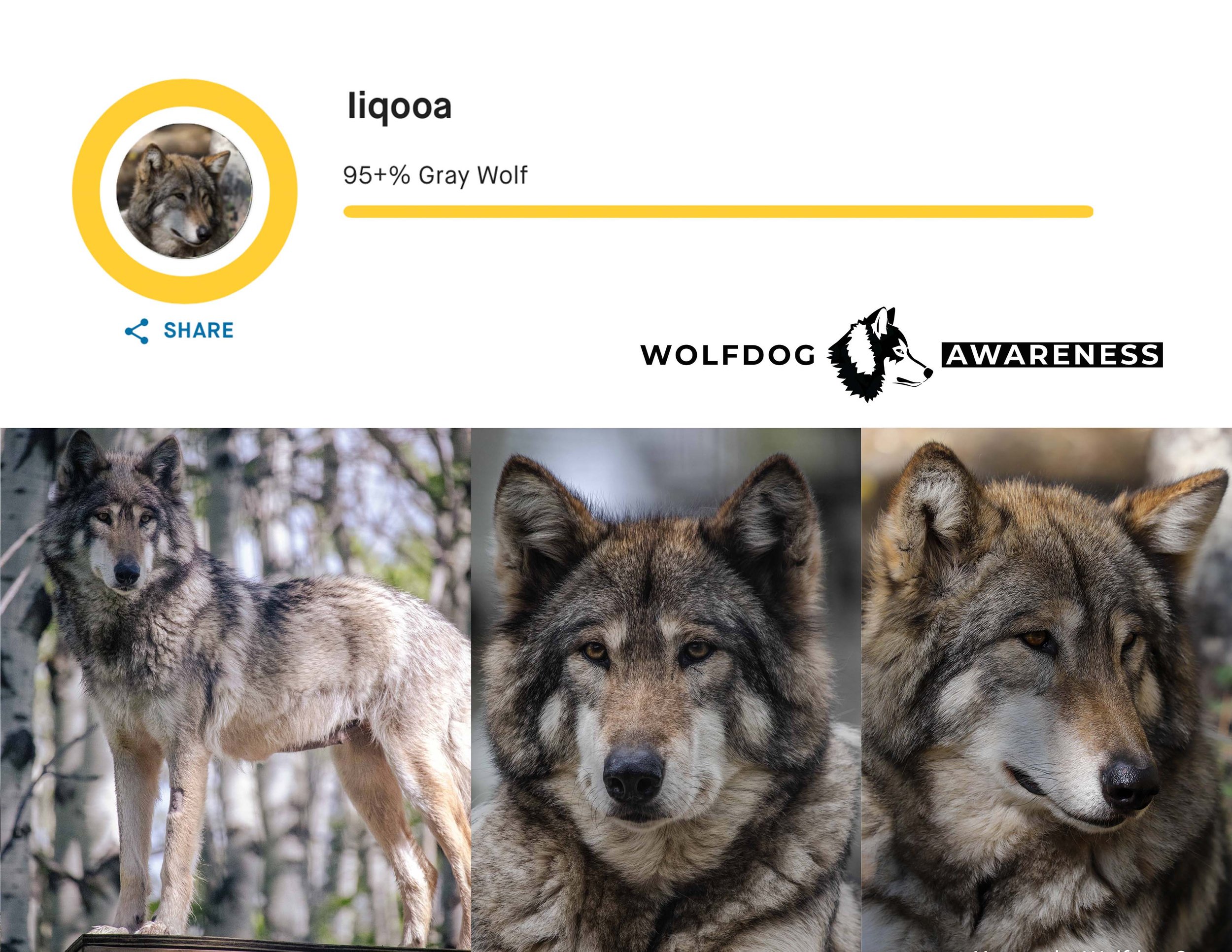
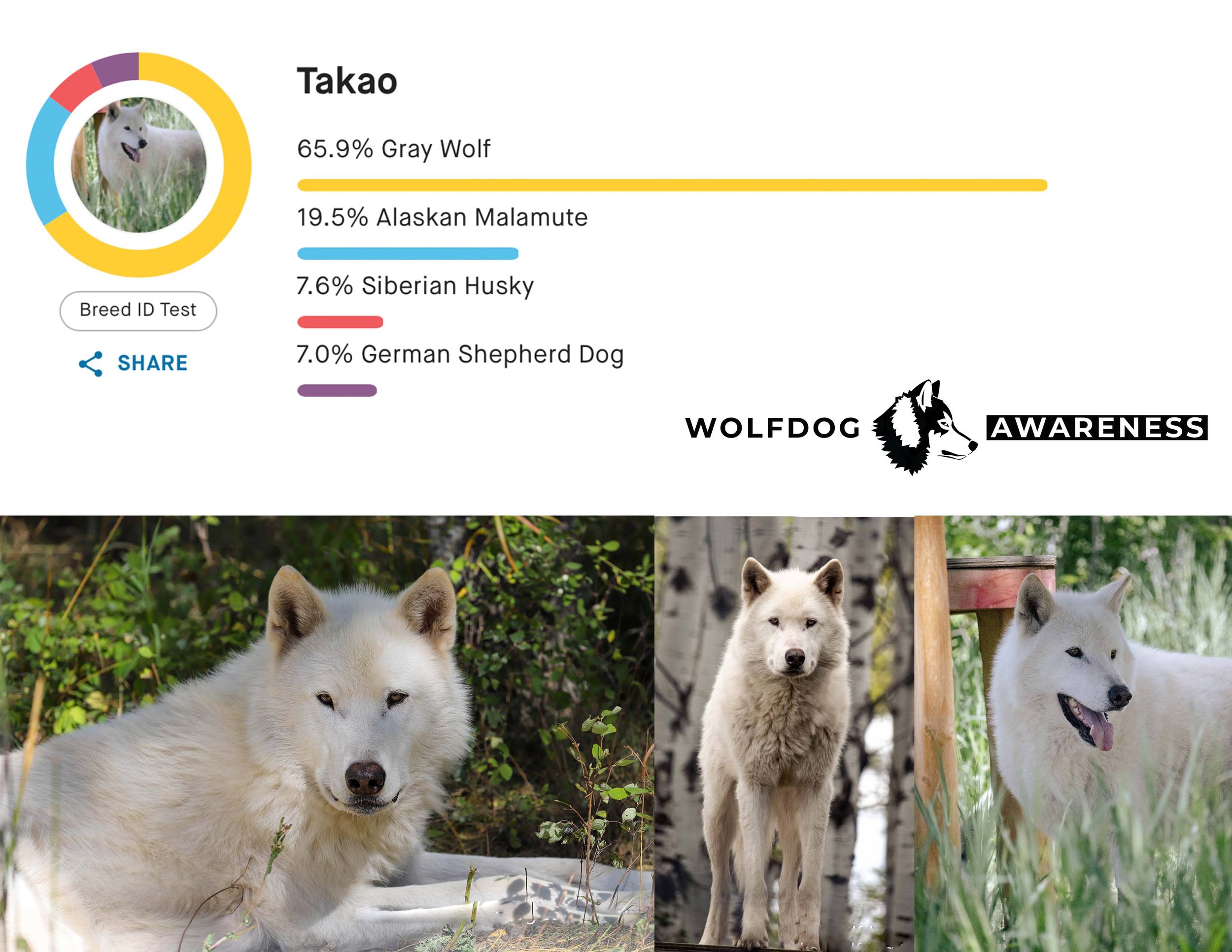
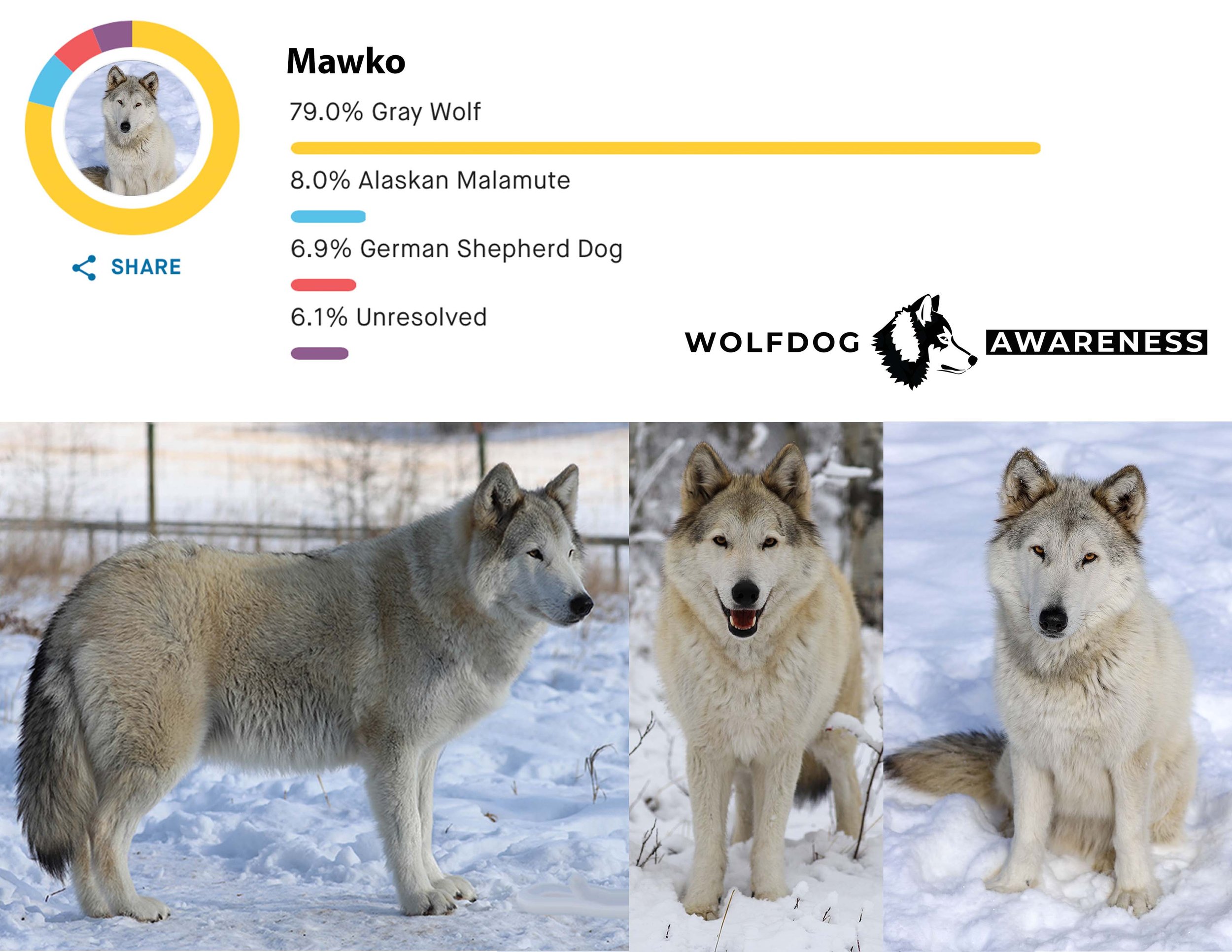
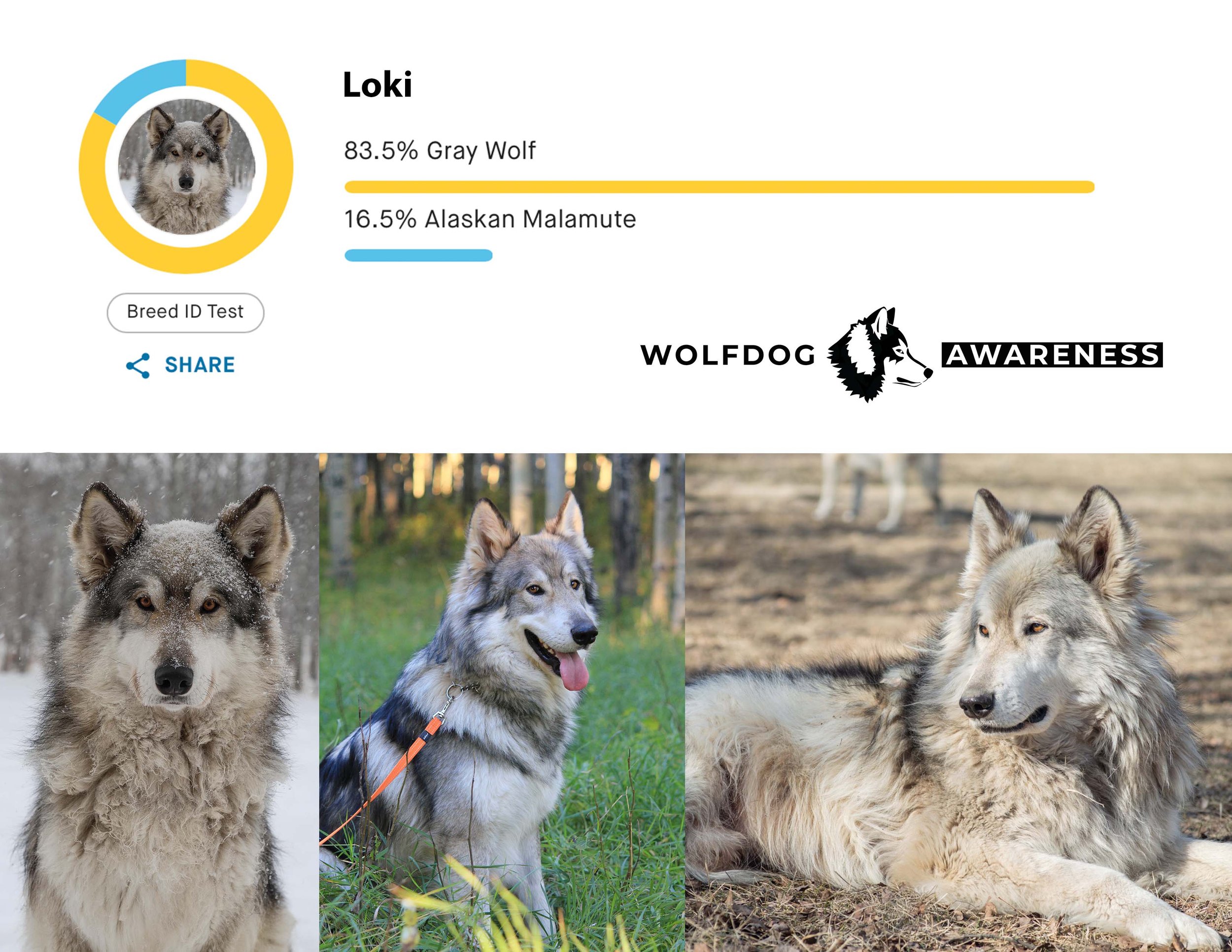
Know which embarks from the gallery above are accurate and which are misrepresented? Check out the results below!
-
This embark breakdown is fake! In reality, Iiqooa is a mid content wolfdog at 65.6% wolf. Though she has many wolf traits such as her well blended grey coat, yellow eyes, long slender legs with narrow chest, shallow stop (referring to her skull shape and muzzle), well furred ears with a wide base and slightly rounded tips. Though she looks quite wolfy, some features are just a bit off. Some of her dog features include improper facial proportions compared to a pure wolf or high content wolfdog, and behaviourally she is extremely social, people pleasing and not nearly as intense in behaviour as your typical high content wolfdog.
*See the photo at the very bottom of this page to see what I mean about ‘off’ proportions
-
This embark is real! Takao is indeed a mid content wolfdog at 65.9%. His wolf features include bright yellow wolf eyes, long slender legs with a narrow chest, large knuckled paws, a straight log shaped tail and a very large wolf skull. His dog features include small malamute-shaped ears, a pink coloured nose, and wide non-slanted eyes. Behaviourally, Takao has some very intense wolf behaviours (territorial and resource guarding to name a few), but he is quite human oriented and trusting of humans more like a dog.
-
This embark is fake! Mawko is a low content wolfdog. Although she hasn’t been embarked, from a basic phenotype she can easily be classified as a low content wolfdog. She has a stocky body with relatively short legs, a small skull, and small rounded paws. Her physical wolf traits include yellow eyes, thick well furred ears and a somewhat narrow chest. Behaviourally, Mawko acts very dog-like. She loves people, happily trusts anyone she meets, is calm and relaxed in new spaces and places, and has a very high affinity towards humans. She rarely resource guards, is not territorial (she gets along with any dog she meets) and is very trusting of anything human related!
-
This embark is fake! Though he has not been embarked, Loki easily phenotypes as a low content wolfdog. The obvious physical dog traits include a long, wooly coat, clear coloured nails, brown eyes, and short legs with a wide chest. Behaviourally, though Loki does possess challenges, like most well socialized low content wolfdogs, he has an average affinity towards humans (he likes attention from most people), can get along with most dogs, and is fairly trusting of new spaces, places, and people.
Whenever you receive information about a wolfdog, whether from a breeder or owner, use common sense and your own deduction skills to form your thoughts on the wolfdog's content.
Do not automatically assume that what someone is telling you about a wolfdog's content is true. While wolfdog information in the general public is improving, there still exists a significant gap in knowledge as a whole. Many people are quick to believe their animal is a wolfdog or has a certain amount of wolf content based on anything but facts.
Use your own judgment based on real wolfdog evidence, and if you are unsure, reach out to a reputable wolfdog organization for an expert opinion.
Note the difference in the ears (shape, thickness, placement on skull and the eyes (shape, placement on skull) between Iiqooa and Ylva.
Make sure to Subscribe to our newsletter to be updated about new educational articles and exciting news and updates!
Support our education efforts by purchasing
a hoodie or T-shirt!
Use the promo code MISREP at checkout to get 25% off!

